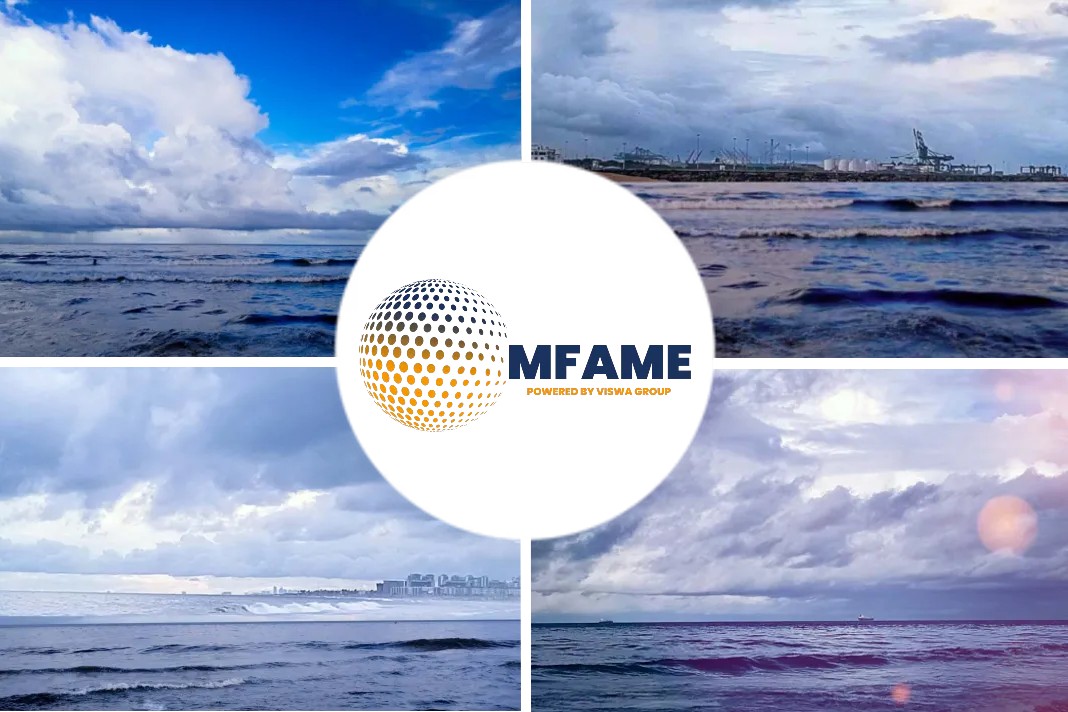- Ocean carriers scramble to reduce costs due to plummeting demand for liner services.
- The next major reason cited is the off-hiring of chartered tonnage.
- Carriers withdraw up to 20% of their network capacity on the main tradelanes.
A recently published article in The LoadStar, written by Mike Wackett, highlights the reduction of fleet capacity by on time charters by major shipping giants like Hapag-Lloyd,Alphaliner and MSC.
Hapag-Lloyd’s relatively less chartered fleet
Hapag-Lloyd chief executive Rolf Habben Jansen said that the carrier would return a further “small double-digit number” of ships from the 129 it has on time charters.
Representing 40% of its fleet capacity, Hapag-Lloyd’s chartered fleet is relatively low, compared to its carrier peers.
MSC has some 75% of its 556-ship fleet on charter. ONE charters 68% of its 219 vessels and CMA CGM has 62% of its 474 ships on hire.
Carriers withdraw up to 20% of their network capacity
Carriers are withdrawing up to 20% of their network capacity on the main tradelanes. Notwithstanding that many chartered ships will have been fixed with owners on charters of 12 months or more. They will be endeavouring to redeliver as much surplus chartered tonnage as possible in the coming weeks and months.
Blanket ban
Indeed, one carrier source told The Loadstar this week there had been a “blanket ban” on chartering by his European head office.
He added: “Even feeders have to get senior approval now, which means that containers for the UK could be sitting in Rotterdam or Antwerp for weeks before another mothership brings them across.”
According to Alphaliner, the idled container tonnage was getting very close to the record high of 2.46m teu. As the owners increasingly struggling to find employment for their tonnage.
The consultant said demand had “dried up” for many of the sizes and even scrubber-fitted ships had “lost much of their appeal”. This is due to the narrowing of prices between high- and low-sulphur bunker fuel.
Prior to the coronavirus crisis, the price difference between IMO 2020-compliant fuel and traditionally cheaper heavy fuel oil, able to be consumed by ships fitted with scrubbers. It had settled at around $200 per ton, making the investment by owners in the exhaust gas cleaning scrubber systems an attractive option. This is due to the premium paid by charterers for the ships.
But with the collapse of global oil prices, the spread has narrowed significantly, to around $40 per ton. Unsurprisingly, daily hire rates for containerships are also beginning to tumble. It is down an average of 8% in the past month according to the latest New ConTex index. However, some sectors are seeing a 10% or more decline in rates. And that is where fixtures are still able to be done.
One UK broker source told The Loadstar that the container desk on his floor had gone from “boom to bust” since January.
“We were fixing everything we could lay our hands on around the time of IMO 2020,” he said. “We had carriers daily asking for news on available tonnage to replace ships they had stuck at the yards for scrubber fitting.”
“But now, when they do ring us, they are looking for sub-lets for the tonnage they want to get rid of early.”
Did you subscribe to our daily newsletter?
It’s Free! Click here to Subscribe!
Source: The LoadStar















![[Watch] Crazy Power Needed to Move World’s Largest Containerships](https://mfame.guru/wp-content/uploads/2023/11/mfame-tanker-100x70.jpg)

